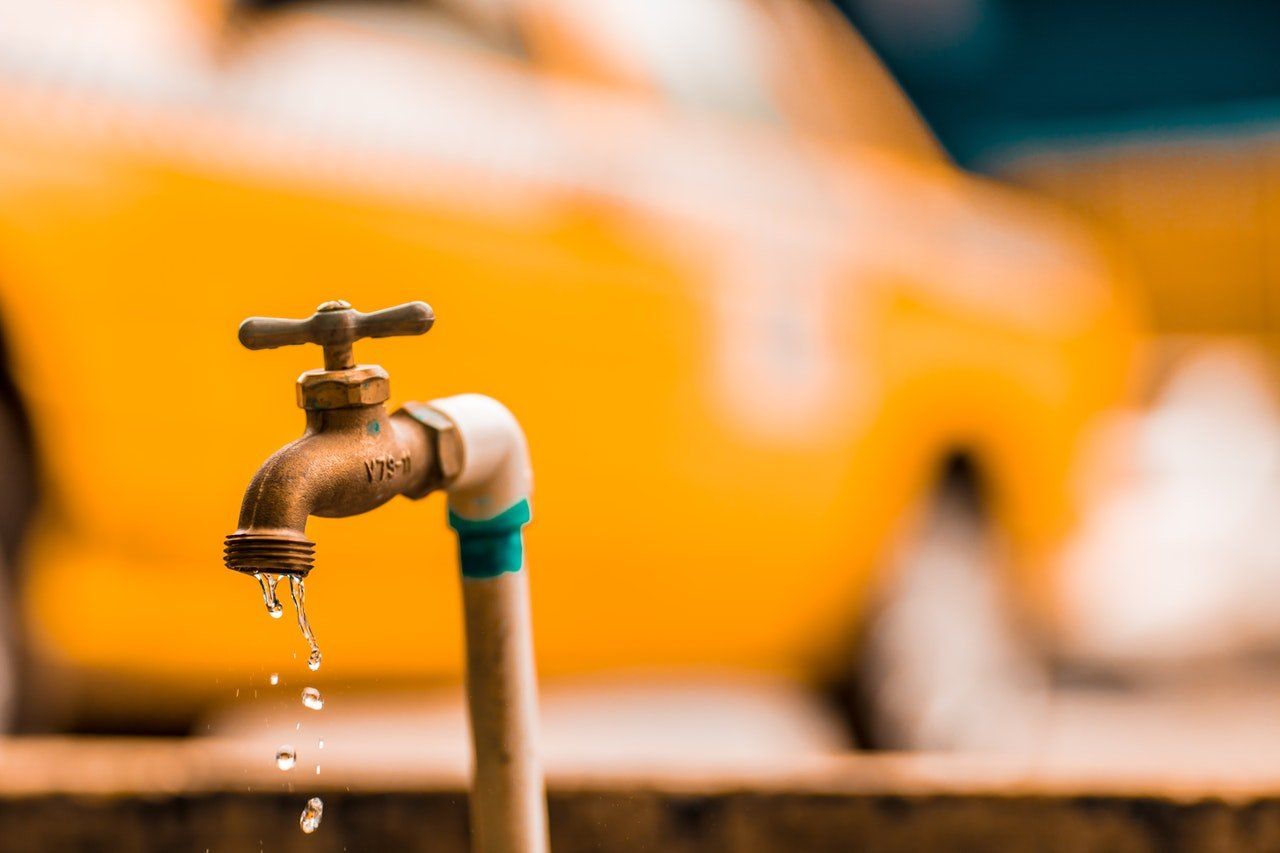What to Do before Your Plumber Shows up to Fix a Leak

It’s unnerving to be awakened in the middle of the night by an unexpected rush of water or to come home to a flooded bathroom. You will almost probably need to call a plumber to conduct the water leak repair when this happens.
It’s best to think of the worst-case scenario: what if they cannot go for several hours, or perhaps overnight? What should you do if you have a leak but no plumber? Until a plumber arrives, the following steps can help you keep the leak under control.
Step 1: Turn Off the Main Water Supply Valve
When a substantial amount of water enters your land, the most evident but sometimes overlooked element is turning off the water supply. While you won’t be able to use any more faucets, you might be able to avoid more damage. Before an issue arises, become acquainted with your home’s water shutoff valves.
Step 2: Wrap a Leaky Pipe in a Rubber Band
While pipe wraps cannot be used to fix a leaking pipe permanently, they can assist in preventing more damage to your property until an emergency plumber arrives. Pipe tape is available at most home improvement stores. These wraps work well for sealing leaks at junctions and in the middle of pipes.
Wrap the pipe tightly in fiberglass wrap. When the wrap is dampened, it shrinks and hardens around the pipe, obstructing the leak. These wraps are meant to last a few days, if not weeks. However, as previously said, they are not intended to be permanent.
Step 3: Make Use of Quality Epoxy
Epoxy is a significant leak repair substance. Keeping the plumber’s epoxy in your home repair kit is an excellent substitute if you don’t have pipe wrap. Turn off the water supply and thoroughly clean the leaking pipe, and then two-part epoxy will be applied.
Plumber’s tape can also be used to strengthen the epoxy. Because epoxy cures entirely in as little as 24 hours, turn off the water for a few hours to ensure the glue is completely dry and free of leaks.
Step 4: Do Some Water Pipe Taping
Silicone plumbing tape can be used to fix a leak at the joint of two pipes. Turn off the water and carefully clean the pipe before beginning to patch it with repair tape. Wrap the leak several times if it is small, such as a pinhole.
If it’s joined together, wrap it around from both sides to completely cover it. Due to the limited efficiency of repair tape, it should only be used when you are optimistic that a plumber will arrive on time.
Conclusion
Study these steps and keep them in mind for any water leak accidents or problems. We promise you, they come in handy! However, you must also remember that these are only temporary repairs.
While DIY repairs may save you money, your skills may not be enough to keep situations from worsening or simply prevent problems. Our final tip is that you should contact a professional plumber to thoroughly repair the leak to prevent further damage to your house.
If you’re searching for reliable plumbing services , look no further. All City Plumbers is the leading service provider in the area. We offer top-quality plumbing with flexible appointment times and even emergency services! From all types of repairs, we’ve got you covered. Call us now and get the job done!











